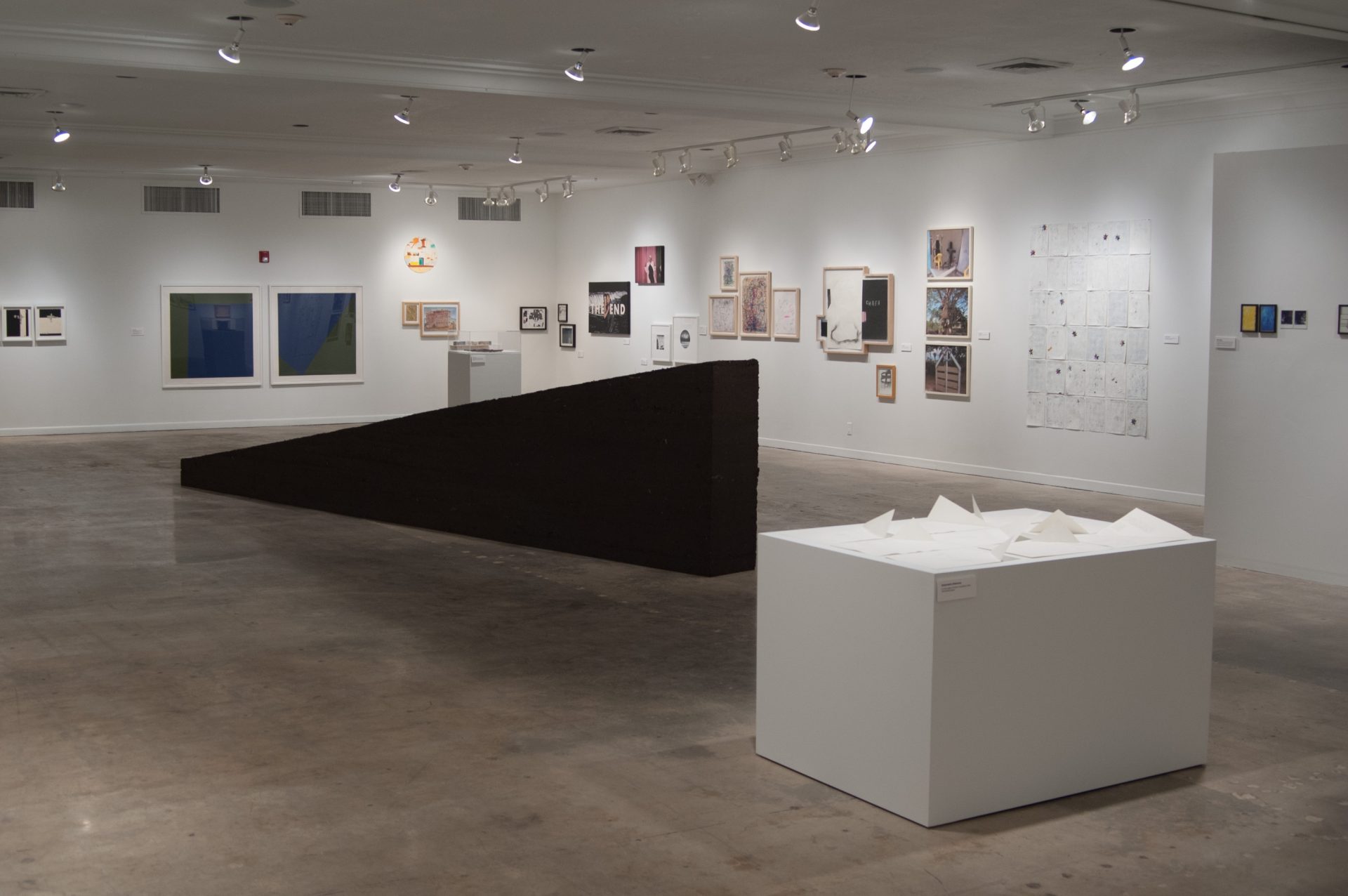T, The New York Times Style Magazine: About Face
The Dutch artist Viviane Sassen unmasks an Africa hidden behind conflict and cliché.
Link to article and slideshow: http://tmagazine.blogs.nytimes.com/2012/11/08/about-face/
By TIM MURPHY
‘In Jungian psychology, the shadow means the subconscious, or everything that we would like to hide,” says the Dutch photographer Viviane Sassen, talking via Skype from her Amsterdam studio. “But in Africa, it has a different meaning. It’s a place where you hide from the sun. In Africa, the color of death is white, not black.”
Born in Amsterdam in 1972, Sassen spent ages 2 to 5 in Kenya, where her father was a doctor. Her work centers almost entirely on Africa. (It is in the permanent collection of the Museum of Modern Art in New York and has earned her gallery shows around the world, including Amsterdam’s Huis Marseille museum, which will exhibit her fashion photographs from Dec. 15 to March 2.) But her images defy expectations of how Africans are usually portrayed — this is not the upbeat optimism of smiling Unicef children, nor the misery fetishism of photojournalism, nor the chic jungle porn of Peter Beard. In Sassen’s photographs (the shots shown here, originally commissioned by T, were taken in the Senegal cities of Dakar and Saint-Louis), faces are usually obscured, cast into inky shadow, and bodies become components in an abstract picture that seldom reads as “African” to an untraveled eye. The lack of facial clarity can be frustrating, but Sassen’s purpose is to throw preconceptions (happy smiles? hollow-eyed misery?) back onto viewers, making us ask what we were expecting in the first place. “I’m interested in raising questions, basically, about how to look at the Other,” she says.
Not that Sassen, who is married to the Dutch industrial designer Hugo Timmermans, operates entirely from an academic remove. She has complicated emotional ties to Africa, rooted in her toddler years. “I had a nanny, Rispa Ogutu,” she says. “I remember the smell of her skin, the way she talked. She would wake me early and take me to a field to pick small white mushrooms, to the markets where I would see bloody goats’ heads hanging with flies on them. I remember the taste of sugar cane, sitting in the car looking up at baobab trees, playing with kids with polio at the hospital. Coming back to Holland was a shock — I missed walking in bare feet.”
Because her first memories are of being the only white girl, she says, she carries to this day a desire to be black. “Aesthetically, that is. It’s a more beautiful skin color. When I’m the only white person in a black society, I feel very nude. And when I see other white people in Africa, they’re white, pinkish, ugly and sweating.”
But surely Sassen understands how that sounds, coming from her? “I’m very much aware of the whole debate of my depicting black people in Africa as a white European woman,” she says. “And of me being in control because I’m carrying the camera. But I’m not really interested in that debate, because for me the work comes from a very personal private place. When I’m in Africa, I feel like I’m coming home, yet I also feel like I’m not one of them.”
That ambivalence may guide her shadow-seeking lens. “I’m not showing the face because I don’t want it to be about that person in the picture,” she says. “It’s more abstract, more about mankind.” And while that obfuscation can preserve both a subject’s mystery and dignity — in some parts of Africa, taking someone’s picture is believed to be stealing his soul — it can also have the strange effect of reducing the person in the picture to an object.
This approach, which Sassen also uses in her fashion shots with (largely) white models, obligates her to enlist her subjects as collaborators, getting them to experiment with staging and props. “I get to know them,” she says, “sometimes they are friends, or friends of friends. I draw them my idea for the picture. We exchange addresses. People think of Africans as totally rural, but many are city people, professionals, and we e-mail, Skype, Facebook together.” Sassen says that she always gives her subjects a Polaroid (otherwise, she shoots with a Mamiya 7 medium-format analog camera) and, in some instances, money or something they need, like clothes or blankets.
She points to an image she shot of a friend, a Dakar businessman named David. Earlier, she’d seen another local businessman with a typical tan-colored Band-Aid on his dark skin. She says she finds it odd that Band-Aids for nonwhite people are rare: “Even if you’re a well-educated, fortunate African, you still have to wear a light Band-Aid.” So she restaged the moment with David. The semivisibility of his face unnerves her a bit. “It’s very straightforward,” she says, “maybe too literal.”
She comes back to Jung. “If you see the world as a human being, Africa would be the shadow that a lot of people project their fears, longing, sexuality onto,” she says. “But Africa can’t help that. It’s imposed on it. And that irritates me.”
T, The New York Times Style Magazine Link to article and slideshow: http://tmagazine.blogs.nytimes.com/2012/11/08/about-face/
